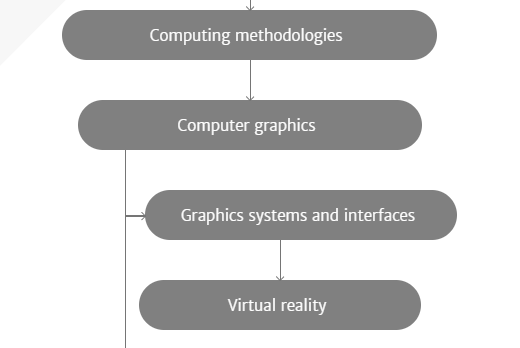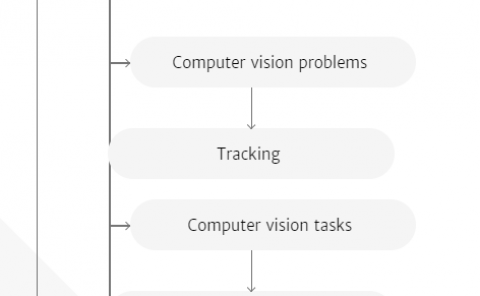Visibility and accuracy in a monocular augmented reality system
PubDate: November 2015
Teams: Osaka University,Kansai University of Welfare Sciences,Toshiba Corporation
Writers: Akihiko Kitamura;Takahiko Kimura;Takashi Sasaki
PDF: Visibility and accuracy in a monocular augmented reality system

Abstract
Recently, augmented reality (AR) has been studied as a new method to present information. Using AR, information can be allocated near an object to which a display designer wants to provide information. There are two types of AR presentation system: binocular and monocular style. Previous research [Kitamura et al., 2014] revealed that in monocular style, observers can acquire information without shifting their attention, so they have a wider useful field of view (UFOV). The UFOV is the area in which an observer can acquire visual information. The UFOV becomes narrower when more attentional resources are required. However, in previous research [Kitamura et al., 2014], the AR image was not wide enough to cover an observer’s visual field. Some types of AR display have a large field of view so that the AR image may cover the real world. In a binocular AR presentation, the AR image must prevent observation of the real world. However, it is expected that observers can acquire information more easily in a monocular AR presentation because they can observe the real world without any visual interference by using the eye to which the AR image is not presented. In this study, we examined the superiority of monocular presentation in terms of visibility of the real world and task accuracy.


